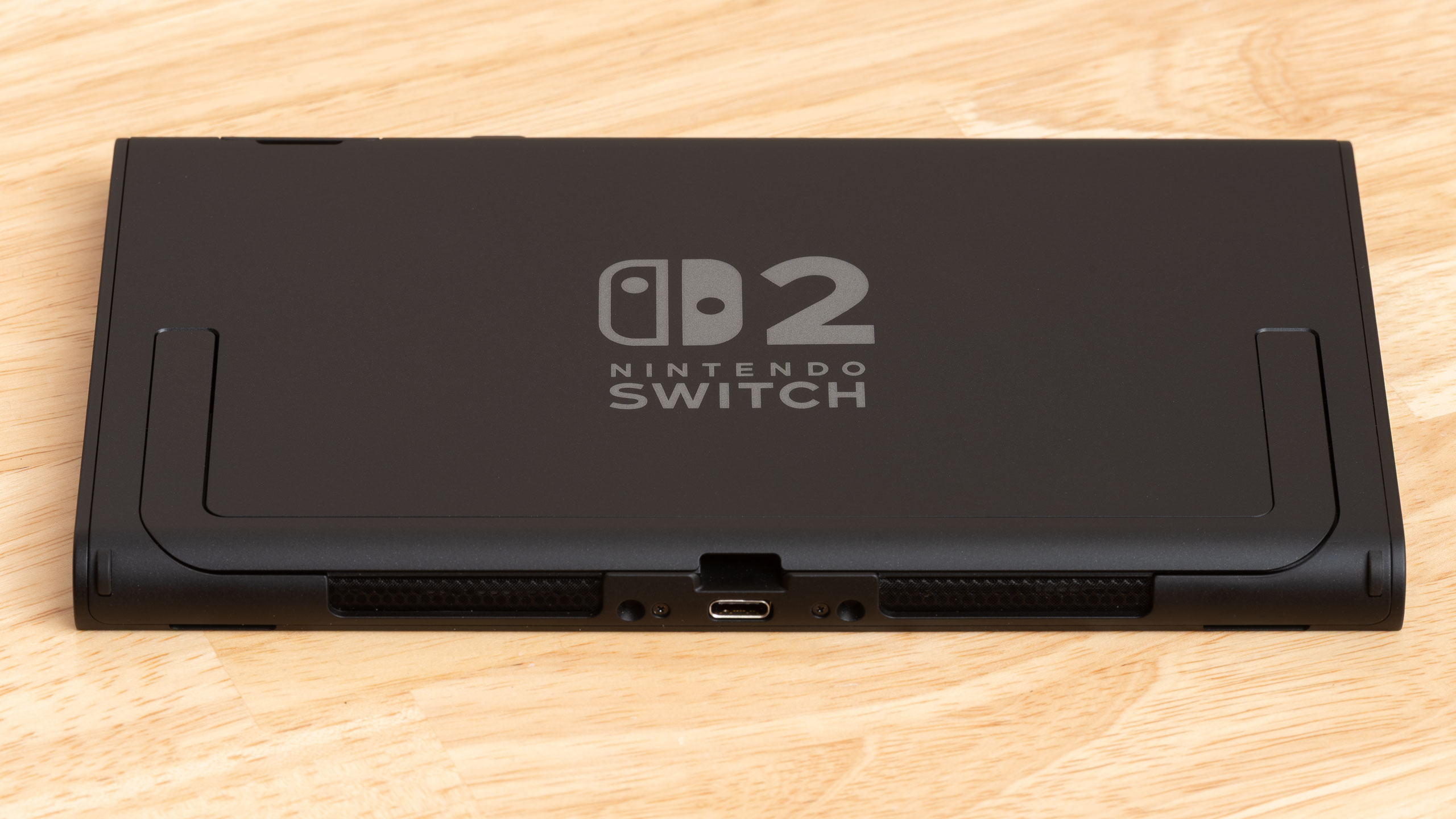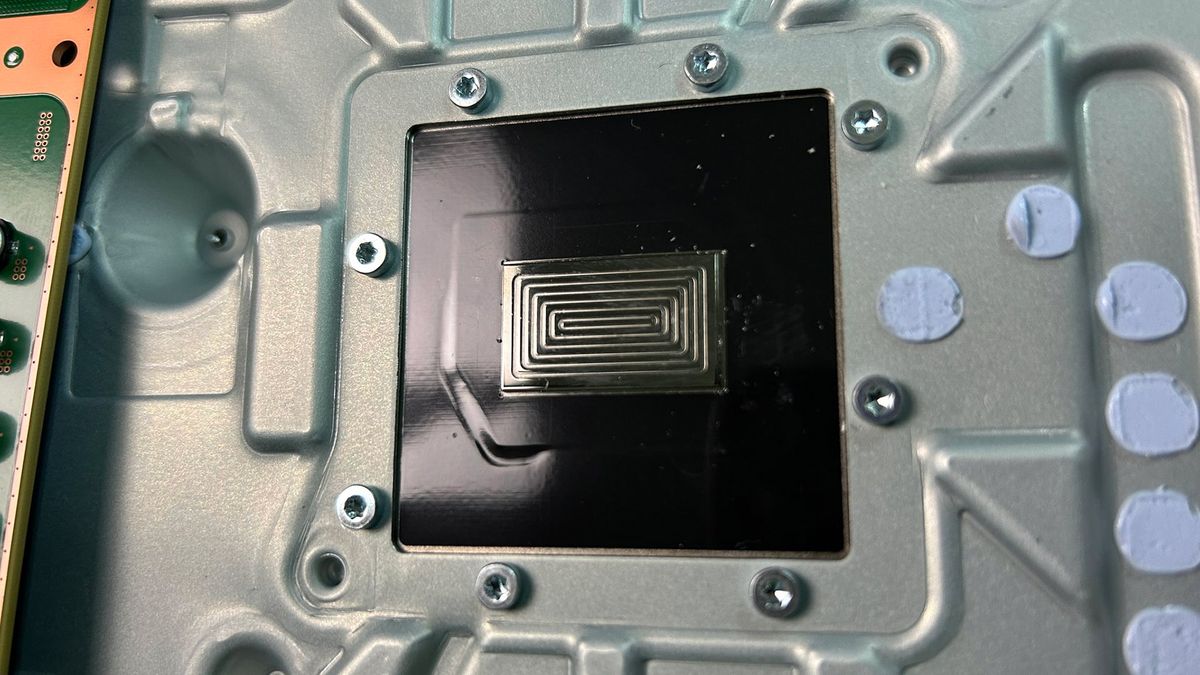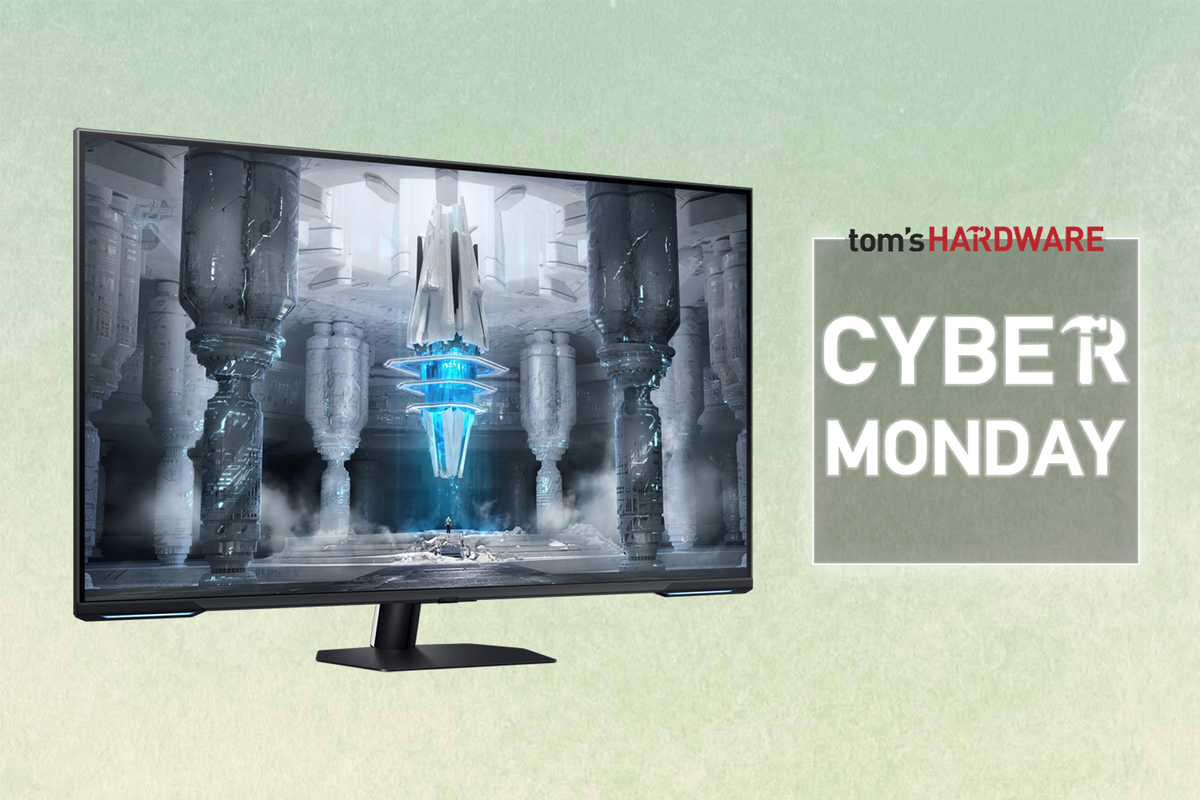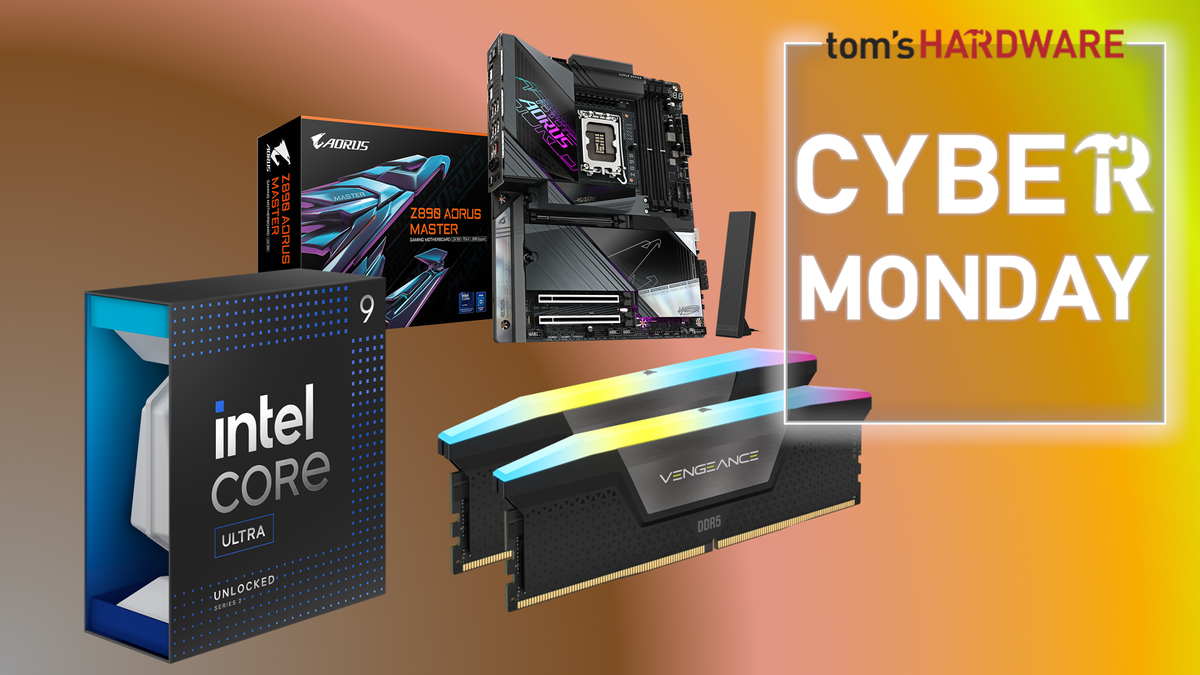The Nintendo Switch 2 offers valuable and much-needed upgrades over the original Switch. It features a larger, higher-resolution screen with a 120 Hz refresh rate, bigger Joy-Con controllers that now attach magnetically, improved graphics capabilities, and even some new social features. However, it appears that the company has limited the functionality of the onboard USB-C port.
Nintendo has intentionally implemented measures to restrict third-party accessories, including docks, hubs, and other accessories, from working with the new Switch 2. According to two accessory manufacturers who spoke to The Verge, the console maker is making use of a new encryption method as well as an encryption chip. Previously, a similar report by GamesRadar suggested that the change in power requirements (20V) on the Switch 2 has restricted accessory makers like Jsaux, from making docks for the new handheld hybrid console. However, it seems that the real reason is that Nintendo has made changes to the USB-C protocols, which now require “re-adaptation for both power delivery and video output."
Further investigation done by Sean Hollister, senior editor at The Verge, reveals more evidence. Traditionally, when a user plugs a dock or hub into a USB-C port on a laptop or tablet, a standardized set of structured instructions is sent out to enable successful communication between the host and the dock. The instructions first deliver the correct amount of power using the PD (Power Delivery) protocol and then enable other features like HDMI or DisplayPort video out, Ethernet, and so on.
By using a USB-C power diagnostic device, specifically the Power-Z KM003C, Hollister managed to successfully log the data transferred between the Switch 2 and the official Switch 2 Dock. The two devices communicate with each other using Nintendo’s proprietary vendor-defined language before agreeing on any video output. Additionally, before the dock confirms that video-out is active, over 30 proprietary unstructured messages are exchanged. Notably, this behavior is not seen when tested with third-party USB-C hubs and docks, except for one.
The Antank S3 Max, also listed as the SiWiQU TV Dock Station on Amazon, is currently the only third-party dock compatible with the Switch 2. It appears to communicate and send coded messages in a sequence similar to Nintendo’s official dock. Priced at $36, the product listing notes that it requires the official Switch power adapter and cable to function correctly, although testing showed that the power supplied by the Antank S3 Max was slightly different.
Even though the Antank S3 Max might currently be the only third-party dock for the Switch 2, its long-term compatibility remains uncertain. Nintendo is expected to further tighten restrictions on unofficial accessories through future firmware updates. A representative from Antank acknowledged this possibility, stating, “Yes — the key should be considered subject to change. However, our product supports firmware updates, so any future changes to the authentication key by Nintendo could theoretically be addressed via software to maintain compatibility.”
Follow Tom's Hardware on Google News to get our up-to-date news, analysis, and reviews in your feeds. Make sure to click the Follow button.

 4 months ago
71
4 months ago
71






 English (US) ·
English (US) ·